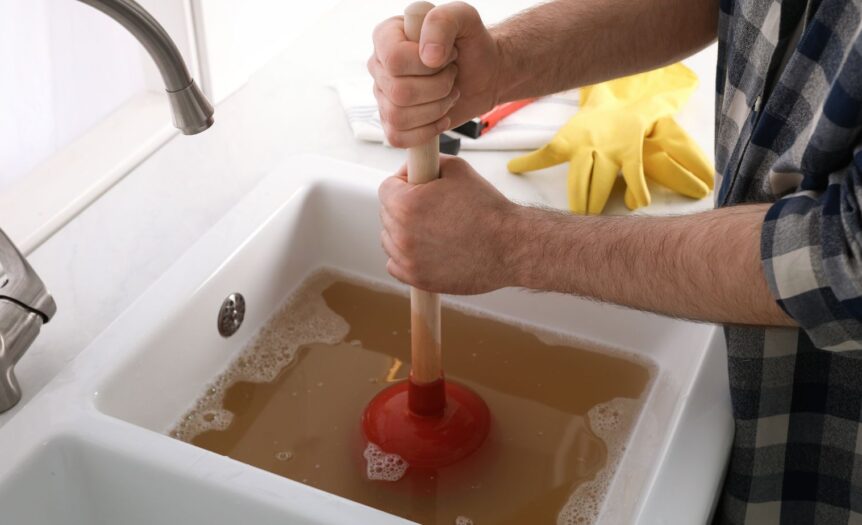Drains are among such household issues that, when not serviced in due course, result in frustrating situations and really costly repairs. The causative elements of clogs and ways of safe and efficient unclogging of drains should be understood by any homeowner. You will learn from this article some useful tips and techniques that can enable you to handle drain clogs independently without needing harsh chemicals or expensive visits from plumbers.
Gaining an Understanding of Common Causes of Clogs
Before attempting to unclog a drain, it is important to understand what causes blockages. Common culprits include hair, soap residue, grease, food particles, and mineral buildup. Of the major factors that contribute to clogging in bathrooms, mostly hair forms clots, combined with soap scum. The accumulation of grease and pieces of food in pipes is particularly facilitated when they get washed down the sink. It is important first to try and identify the source of the clog to help in choosing the right method of its removal.
Using Boiling Water for Simple Clogs
One of the easiest and most effective ways one can unclog a drain is by using boiling water. This technique has worked well in minor blockages, which almost always are caused by a build-up of grease or soap. Fill a kettle or pot with water and bring it to a boil and then carefully pour the boiling water down an individual clogged drain in steps, letting hot water sit in the drain for several minutes at a time between pours, during which time it can work to break the blockage down.
Most pipes can handle this method, although PVC pipes can buckle with very high temperatures.
Using a Plunger
Where the use of boiling water alone cannot dissolve the blockage in the pipe, you will have your very good friend called the plunger. While a regular cup plunger will suffice for most sinks, a flange plunger is more so designed for toilets. To plunge, position the cup completely over the drain such that a good seal is achieved. Use force to move the handle up and down vigorously for about 30 seconds, then yank the plunger away from the drain abruptly. This action creates a suction that should dislodge the blockage. Immediately after plunging, run hot water through the drain to further help remove any remaining debris.
Using a Drain Snake
Sometimes, for more serious blockages, one can find that a drain snake works quite well. A drain snake is one of those tools that come in an elongated flexible design, which is intended to reach deep into the pipe and remove blockages. To use it, feed the end of the snake into the drain and turn the handle while allowing the snake to work its way into the pipe. Once you feel resistance, continue to twist the handle in the hope of breaking up or catching the clog. Once you have fetched the debris, let hot water run down the drain to confirm that the drain is clear.
In case you don’t have a snake you can always borrow one from a hardware store or contact a plumber.
Trying Natural Methods
While discussing the natural ways, there are quite a number of homemade remedies that might be used to unblock the drains. One of the common remedies includes the use of baking soda and vinegar. It starts by slowly pouring half a cup of baking soda down the drain, followed by half a cup of vinegar. The mixture fizzes and bubbles hence helping in the breakdown of the blockage. After about 30 minutes, run hot water through the drain. This is an eco-friendly way of ensuring that your plumbing is not destroyed as small blockages are cleared.
Clogged drains need not be nightmares. Knowing their causes and using safe means of boiling water, plungers, and natural solutions is effective in handling minor clogs. Equally important is knowing when to ask for professional help so one will not inflict further damage on the plumbing systems in the house.










